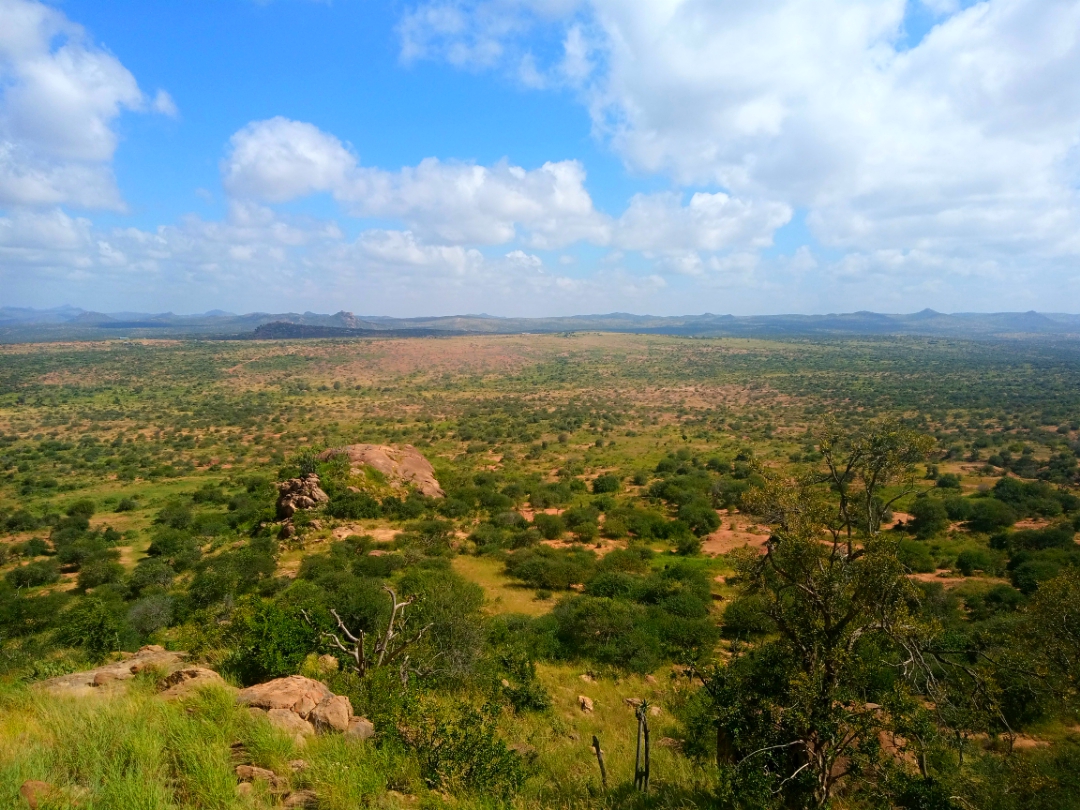In the vast landscapes of Northern Laikipia, Kenya, where the sun-kissed savannas meet the resilient spirit of the Maasai people, a powerful story of harmony between culture and nature unfolds. At Nareto Conservancy, a group conservancy designed by local Masai land owners, we’re witnessing how age-old traditions aren’t just relics of the past, they’re vital tools for protecting our fragile ecosystems today. Drawing from the deep well of Maasai knowledge, the conservancy blends community-driven initiatives with sustainable practices to ensure a thriving environment for generations to come. This isn’t about imposing new rules; it’s about honoring what’s always worked.

The Heart of Maasai Conservation: Sacred Forests and Taboos
For the Maasai at Nareto, certain places hold more than just trees or soil—they’re sacred. These forests, protected by long-standing cultural land practices, stand as natural barriers against deforestation and habitat loss. Logging or clearing these areas isn’t just discouraged; it’s forbidden by community norms that view them as spiritual sanctuaries. This reverence helps maintain biodiversity hotspots, where wildlife finds refuge and plants regenerate without human interference. It’s a simple yet profound way the Maasai ensure the land remains balanced, preventing erosion and preserving water sources that are crucial in arid regions like Laikipia County.
Taboos extend beyond forests to wildlife protection too. Indiscriminate hunting is strictly off-limits, rooted in beliefs that emphasize coexistence with animals. At Nareto, these customs translate into real action: community members actively monitor and report threats to species, fostering an environment where elephants, gazelles, and other icons of the savanna can roam freely. It’s a reminder that conservation doesn’t always need high-tech gadgets—sometimes, it’s the stories passed down through elders that do the heavy lifting.
Rotational Grazing: A Time-Tested Strategy for Land Health
Livestock herding is the lifeblood of Maasai culture, but it’s done with an eye toward sustainability. Rotational grazing, a practice honed over centuries, involves moving herds across different pastures to allow grass to recover and prevent soil compaction. At Nareto Conservancy, this method is overseen by local committees who designate grazing zones and rest periods, ensuring that riverbanks and newly reforested areas stay protected. Overgrazing, a common issue in many pastoral areas, is avoided here, leading to healthier soils, reduced desertification, and even better carbon sequestration. It’s practical wisdom in action: by letting the land “breathe,” the Maasai support both their cattle and the wider ecosystem.
This approach goes hand-in-hand with other land management efforts. For instance, the community plants indigenous trees to create windbreaks and stabilize soils, turning barren patches into vibrant habitats. These trees aren’t just for show, they a great way to combating climate change.
Beyond Tradition: Modern Twists on Ancient Wisdom
While traditions form the foundation, Nareto’s Maasai community isn’t afraid to innovate. Sustainable beekeeping, for example, merges cultural respect for nature with economic opportunity. Using ethical harvesting methods, locals collect honey without harming bee colonies, which in turn pollinate the surrounding flora and boost biodiversity. It’s a win-win: locals gain income, and the environment gets a natural ally against habitat degradation.
Water conservation is another area where old meets new. In a region plagued by scarcity, the Maasai protect water points and build traditional reservoirs like dams and water pans to harvest rainwater. Coupled with efficient irrigation techniques, these efforts will ensure water isn’t wasted, sustaining both people and wildlife during dry spells though this is still very challenging.
Even waste management gets a cultural nod. The push for a plastic-free conservancy encourages the use of biodegradable materials, echoing Maasai building practices that rely on mud, thatch, and other earth-friendly resources in their tourist cultural manyatta center. Clean-up drives and education sessions reinforce this, turning community engagement into a collective force for cleaner lands.
A Model for the Future

The story of Nareto Conservancy shows us that true conservation thrives when it’s led by those who know the land best. By embracing Maasai culture, through protections, smart grazing, and resourceful innovations, the community isn’t just surviving; they’re setting an example for Kenya and beyond. Partnerships with organizations like Nature Hub and Youth Future Lab amplify these efforts, proving that when traditions guide progress, everyone benefits.
If you’re inspired to learn more or get involved, head over to www.naretoconservancy.org. There, you’ll find details on our ongoing projects, from capacity building to ecosystem restoration, all rooted in the strength of our community. Together, we can safeguard our environment while celebrating the cultures that sustain it.



